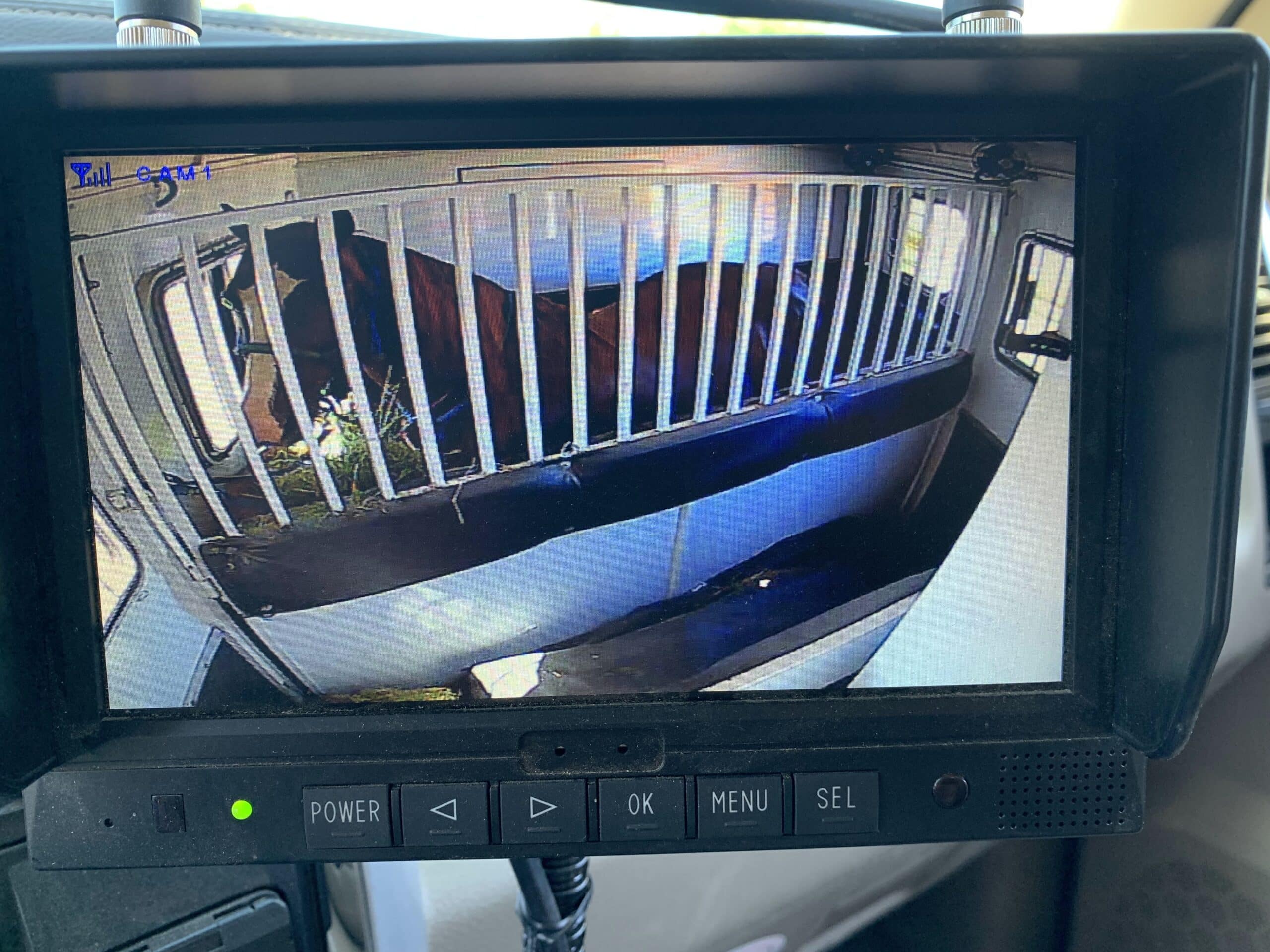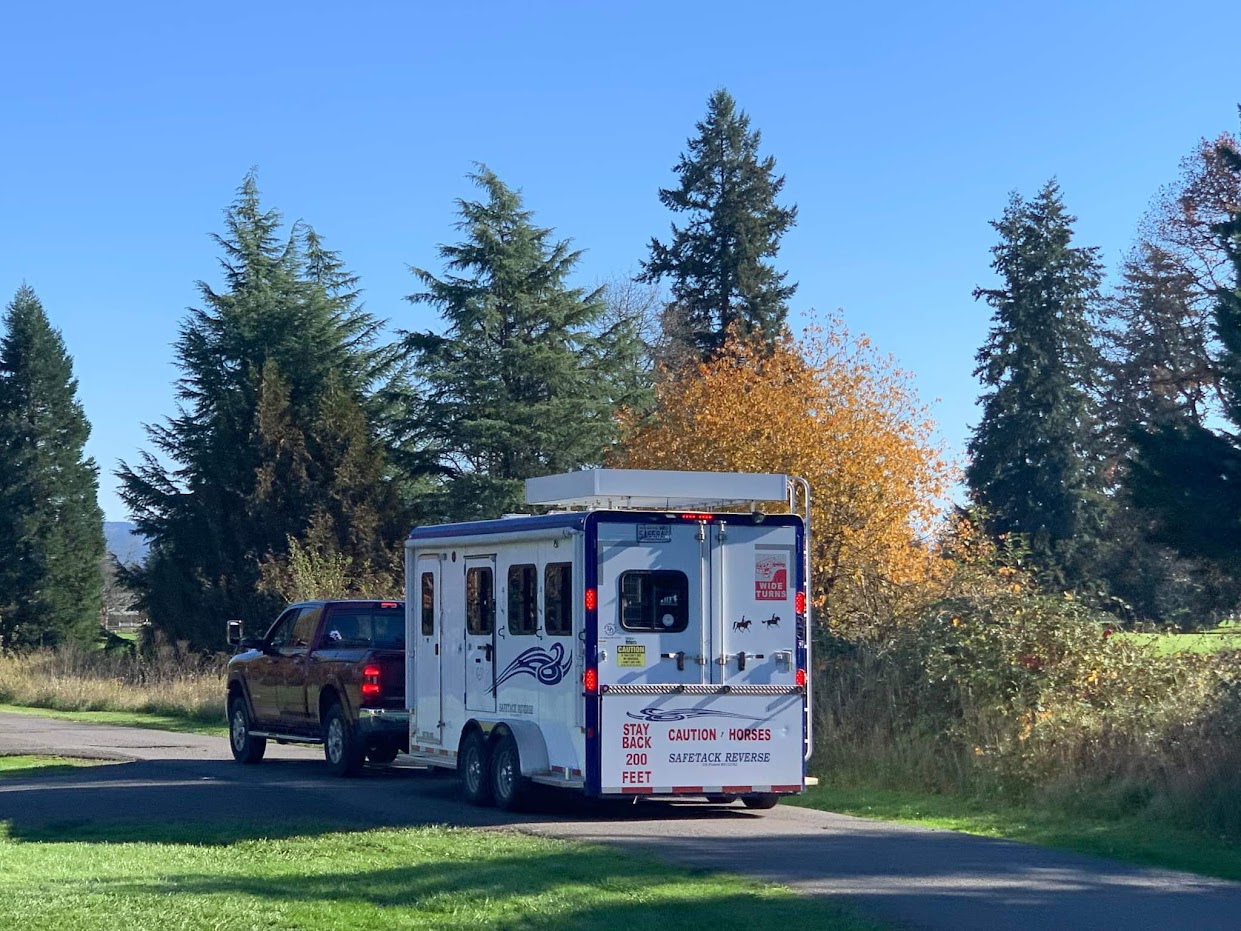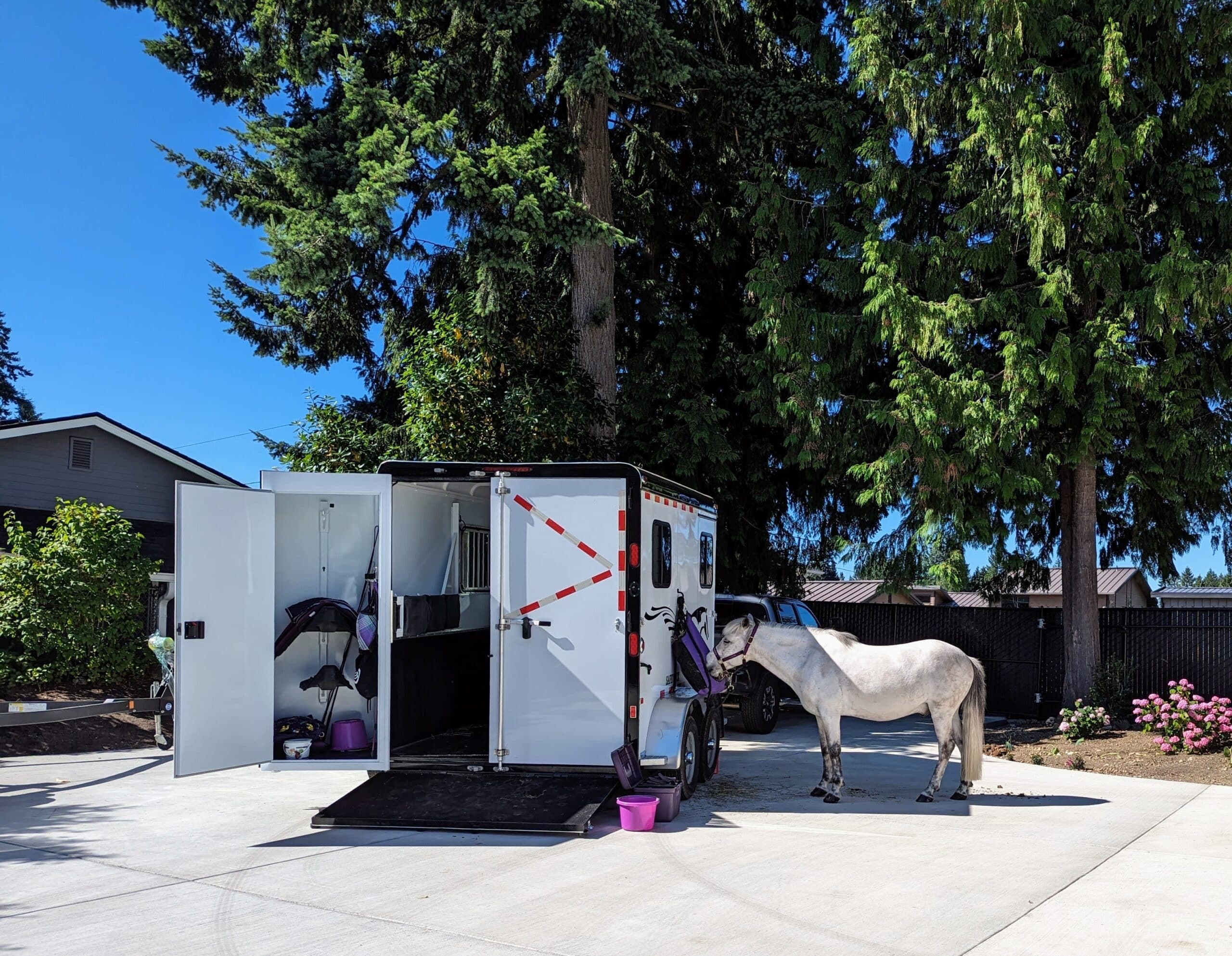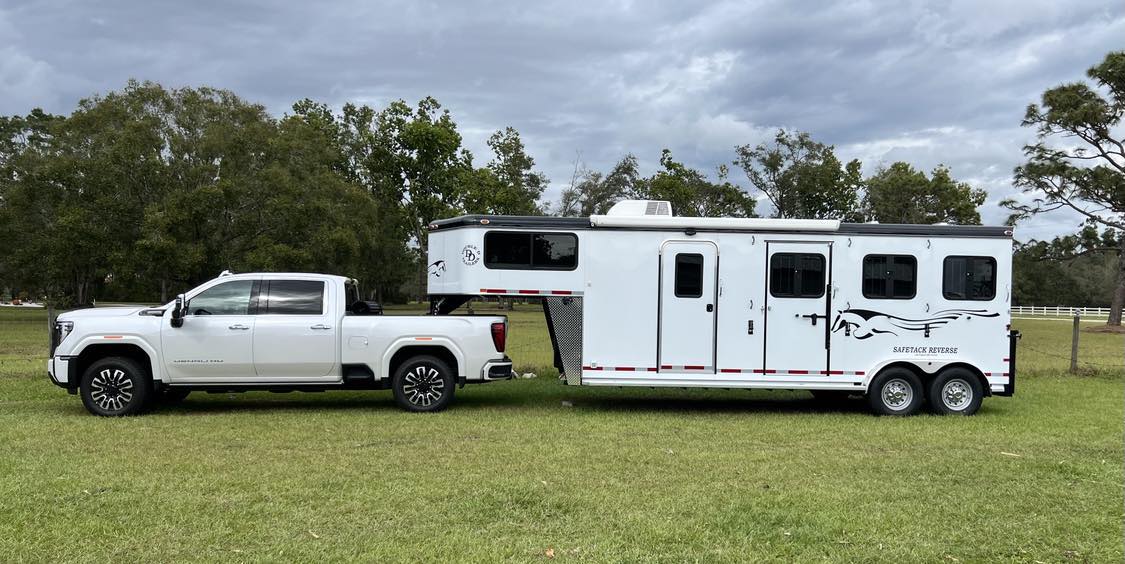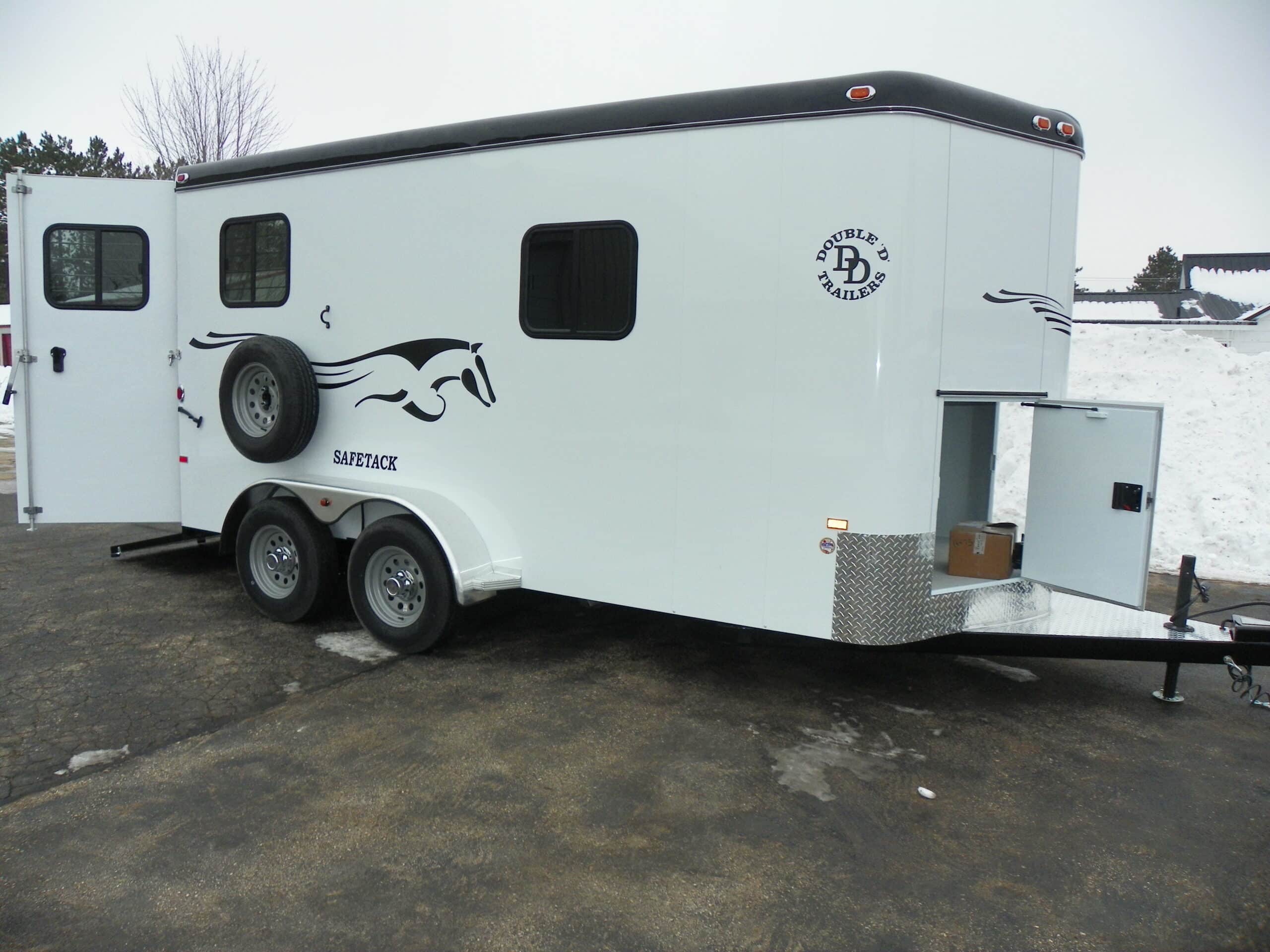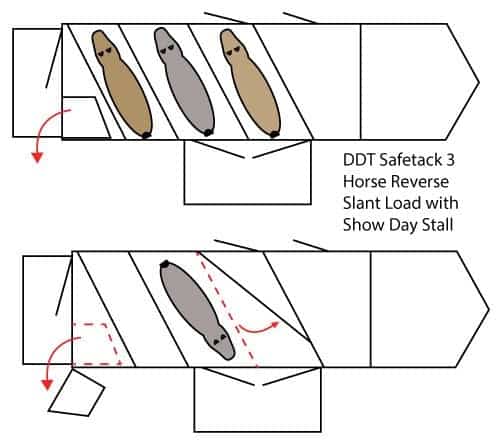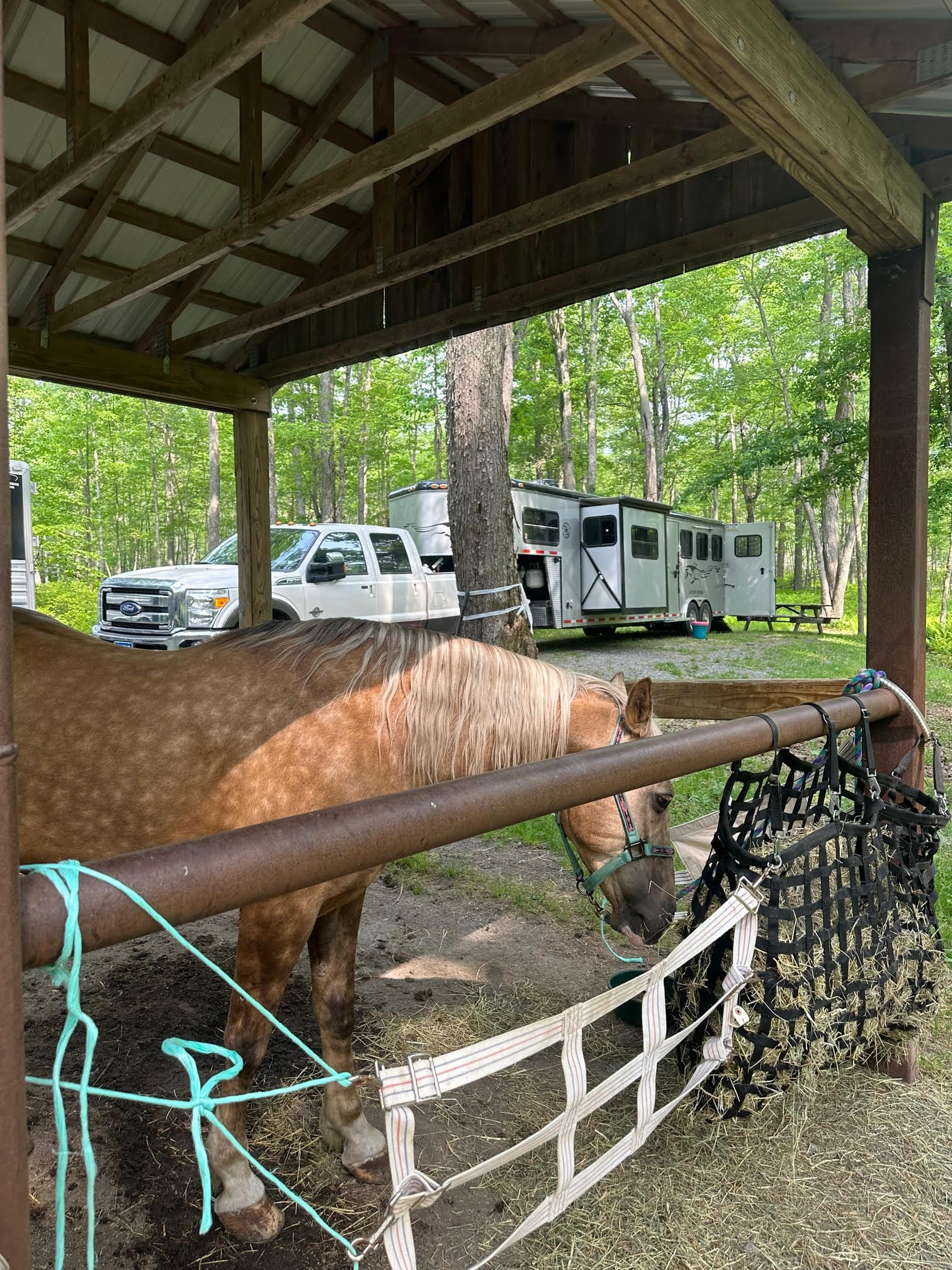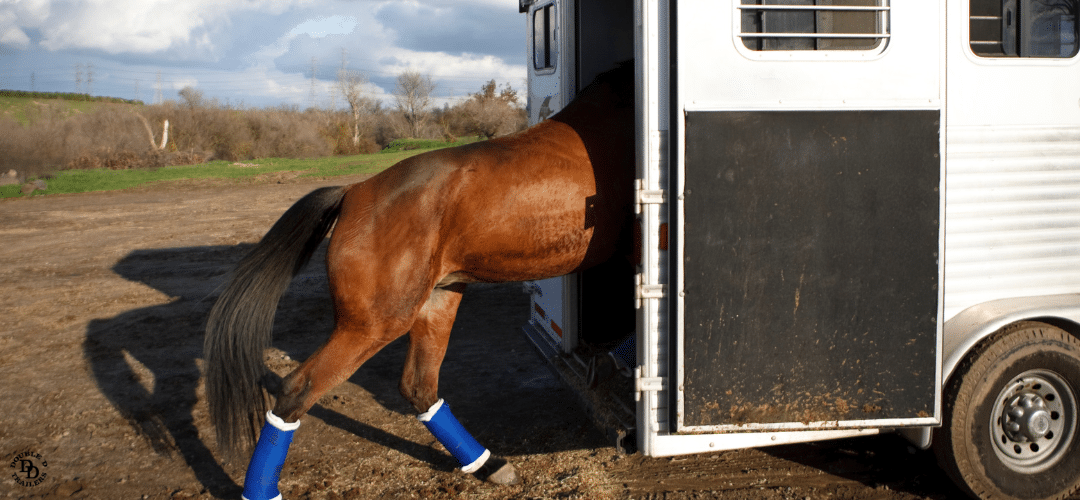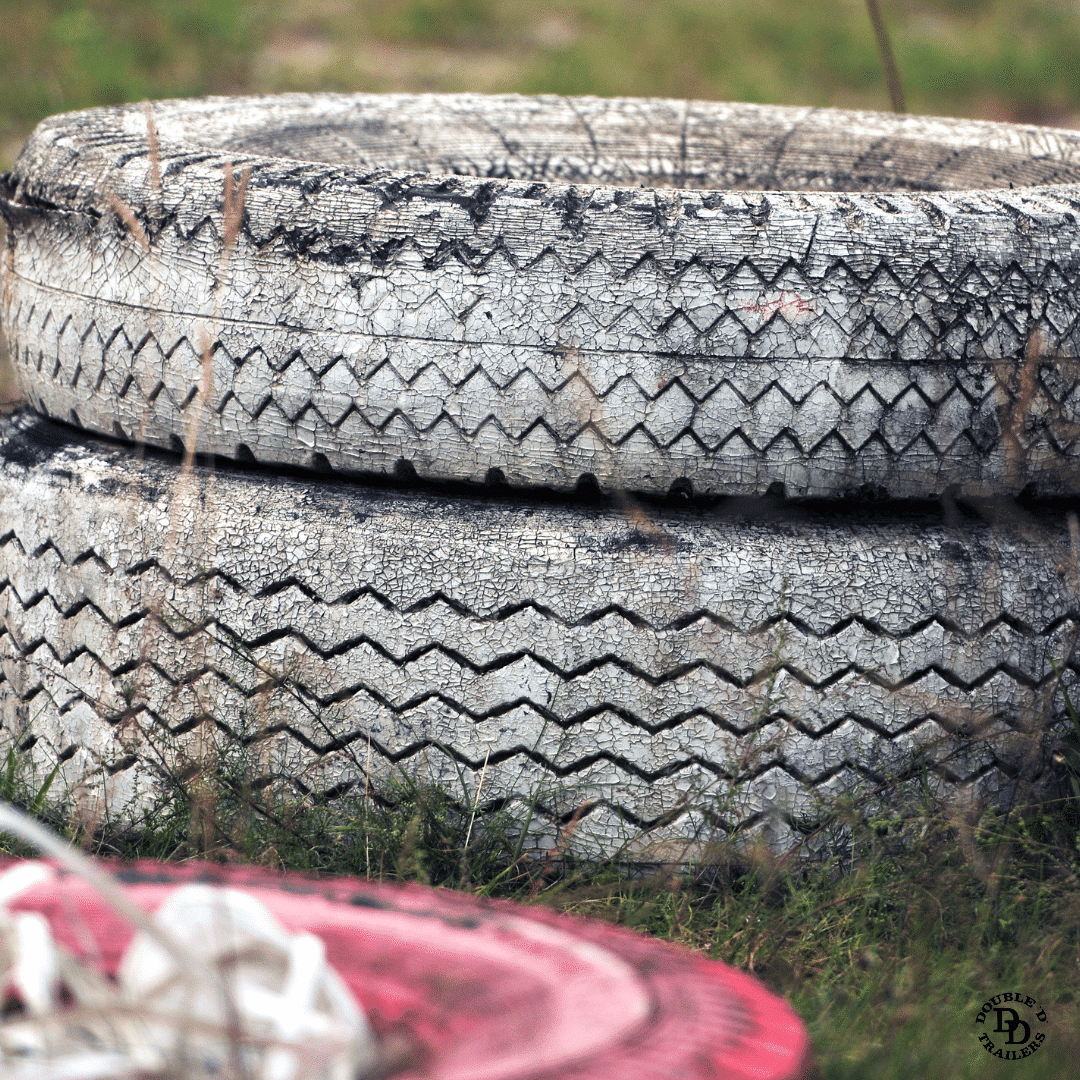Don't Believe These Common Horse Trailer Myths
Horse trailer technology has evolved significantly, yet outdated myths persist! We cling to these misconceptions because ‘It’s just how things are done, right?’ Let's debunk ten common horse trailer myths and separate fact from fiction.
Myth #1: Aluminum is the best material to use for a horse trailer because it is lightweight and doesn’t rust.
Status: FALSE
Owners of rusting steel trailers were thrilled when the first aluminum trailers came out on the market in the 1980s. Aluminum was advertised as both a rustproof and light hauling option.
It didn’t take long, however, for experts to realize that aluminum is a very poor choice of materials from which to build a trailer. First off, aluminum does indeed corrode and weaken over time. Just look at this aluminum trailer floor filled with mock marks and holes (below).
Second, it simply isn’t as strong or as safe as steel! Aluminum used in trailers is about one-third the strength of steel and 70% of the weight. In order to equal steel’s strength, the aluminum would need to be three times thicker than steel. The result is an aluminum trailer that is the same weight (or even heavier) than a steel trailer.
Recent crash tests have demonstrated that vehicles built entirely out of aluminum perform very poorly. After seeing this, owner of Double D Trailers Brad Heath explained, “Aluminum is just not designed for a high stress environment to take the abuse like steel.”
The best option for a horse trailer is actually not steel or aluminum but instead a composite material made with zinc. Double D Trailers uses Z-Frame material that offers superior strength with a lightweight construction. It doesn’t corrode and the cost is comparable to aluminum.
Myth #2: Horses prefer to face forward during travel.
Status: PARTIALLY TRUE
A great deal of research has been performed over the years to study how horses prefer to stand while a trailer is in motion. Anecdotal evidence from dozens of Double D Trailer customers supports the notion that when horses are left in an open trailer, they often choose to face the rear or rear-slant direction during travel. The wider academic community has studied this phenomenon as well.
Dr. Sharon Cregrier performed a scientific study on the subject and concluded, “A natural, or effortless balance is maintained by a forward lean over the forequarters, freedom of movement of the head and neck, and lack of threat from behind. That horses can most easily maintain their balance facing away from the direction of travel has been demonstrated using stock trailers, vans, 3-horse and 2-horse tagalongs or bumper pulls.”
Another Italian study looked at the stress hormone levels of Standardbred trotters and concluded that they had lower stress levels when traveling backwards.
We say that this myth is “Partially True” because a backwards direction of travel, while commonly preferred, may not apply to every horse in the world. For that reason, it is a good idea to get a trailer with a forward and rear facing option.
Important: Never load a horse facing rearward in a trailer not specifically designed for it, as this can negatively impact weight distribution and create dangerous driving conditions.
Myth #3: Gooseneck horse trailers are safer than bumper pull trailers.
Status: PARTIALLY TRUE
The perception that bumper pulls are inherently less stable stems from concerns about sway and unhitching. These issues are often related to improper hitching, inadequate tow vehicles, and poor trailer design. A properly connected and well-designed bumper pull trailer can be just as safe as a gooseneck.
This myth is marked as “Partially True” because gooseneck hitches are generally recommended for larger trailers, especially those with living quarters, due to the significant tongue weight. However, for smaller, single-horse trailers, and some smaller living quarter trailers, a properly configured bumper pull setup can be safe. The key is matching the trailer to the tow vehicle and hitch.
Myth #4: Step up trailers are better because rear ramps can be steep, slippery, and heavy.
Status: FALSE
A well-designed ramp with spring loading should be easy to lift into place. That being said, there are poorly designed ramps out there that may be overly steep, slippery, or heavy. Make sure you look for one that has a non-skid surface, spring loading, and a reasonable angle.
For comparison, step-up horse trailers can be very dangerous for horses that are backing out because their hind leg can slip under the trailer causing major injury. To avoid this issue, you may try to turn your horse around to walk forwards off of a step-up trailer or look for a trailer with a front side ramp to exit.
Myth #5: A heavy-duty truck with a high-enough towing capacity is always fine to pull your trailer load.
Status: FALSE
We’ve seen this common mistake over and over again when talking with horse trailer owners. They look at the Gross Vehicle Weight Rating on their fancy pick up and see a big number like 9,000 lbs., and then assume they are perfectly safe to haul their new 6,000 lb. trailer.
Brad explained that, “Vehicle manufacturers often brag about how much their trucks can tow or pull, but they overestimate the capacity of the hitch on the truck.” Make sure you check the rating of your hitch to ensure it can handle the load and the tongue weight of your trailer.
Just because you’ve been hauling safely for years, don’t assume that you are fine with your current set up. It just takes one time for things to go horribly wrong.
Myth #6: Bumper pull horse trailers with living quarters are safer alternatives to gooseneck horse trailers with living quarters
Status: PARTIALLY TRUE
Historically, bumper pull trailers with living quarters posed a significant safety hazard due to excessive tongue weight. As with Myth #5 (concerning general towing capacity), the core problem often comes down to inadequate hitches. We've interviewed owners of bumper pull trailers with living quarters who were misled into believing they had a safe setup. In reality, the immense weight of the living quarters at the front of their trailer created a huge tongue weight that far outpaced the capacity of their hitch.
This is dangerous because in an emergency swerve or braking situation, the driver could easily lose control of the truck and trailer. The excessive weight pushes the tow vehicle in the wrong direction, and the downward force on the rear of the tow vehicle reduces traction and control on the front steering wheels. One owner we spoke with was hauling a trailer with an unloaded tongue weight of 1,700 lbs. when her hitch was only rated to carry a maximum of 990 lbs.! This is a recipe for disaster.
While this remains true for larger living quarters on bumper pulls, Double D Trailers now offers a single-horse bumper pull trailers with smaller, lighter living quarters designed to be compatible with appropriately rated hitches. These smaller configurations may be a safe option when properly matched with a suitable tow vehicle and hitch. It is absolutely essential to consult with both the trailer and hitch manufacturers to ensure compatibility and safe operation. Larger living quarters on a bumper pull remain dangerous due to excessive tongue weight and are still strongly discouraged.
Gooseneck hitches remain the safest option for larger living quarters trailers, offering better weight distribution and stability. For larger living quarters, you are much better off buying a gooseneck configuration for safety and peace of mind
Myth #7: 2+1 Gooseneck trailers are the only type of trailer with a ‘show day stall’ inside the trailer
Status: FALSE
2+1 gooseneck trailers are nice because they include an open stall area in the front that can be used on show day to contain your horse. However, a 2+1 configuration usually results in a very long trailer that can be difficult to drive. Plus, the front stall area is often too small for a larger horse to comfortably stand.
In contrast, the Safetack Reverse 3 horse trailer from Double D Trailers holds three horses on a shorter wheelbase and still includes that front show stall for day use. In order to create this stall, the front partition is swung over so the front two stall areas are open. Then, the padded chains can be close to secure your horse.
In fact, Brad just shared, “We delivered a Safetack Reverse 3 Horse version with double side ramp yesterday in California. The client was looking at a 2+1 and purchased the reverse load instead. One of the benefit they liked best was the show day stall!”
Myth #8: It is always safe to tie your horse to the outside of the horse trailer.
Status: FALSE
Horse trailer manufacturers can take many precautions to ‘horse proof’ a trailer, but in the end, it will never be entirely safe to tie to the outside of a trailer. Lead lines can become snagged around spare tire mounts, outside spigots, or other exterior features resulting in a panicked and injured horse.
Also, horses are curious animals and can damage your tires or trailer exterior through pawing, chewing, and kicking. It is a much better option to use a portable corral or tie extenders to position your horse farther away from the trailer.
Myth #9: It is always safe to unhitch a bumper pull horse trailer and load/unload horses.
Status: FALSE
Whether or not it is safe to load and unload horses from an unhitched bumper pull trailer depends on the location of the axles and the empty tongue weight of the trailer. With the wrong combination, a horse stepping onto the back of a trailer could create a negative tongue weight that would lift up the front end of the trailer. Basically, your trailer could become a seesaw!
Myth #10: “Like New” tires are fine to trust after a trailer has been in storage for a long time.
Status: FALSE
If you are looking at a used trailer for sale and the seller boasts about the “Like New” tires, you should be very wary.
Sure, the tires might have strong deep treads, but that doesn’t mean they are automatically safe to use.
Brad explained that tires rarely wear out like car tires. Instead, they ‘age out.’ Rubber can degrade and weaken over the years so replace your tires regularly every four years. Otherwise, you are risking a blow out!
Which of these myths surprised you the most? Understanding the facts about horse trailer safety is crucial for protecting your horses and yourself on the road. Always consult with experts and manufacturers to ensure you have the appropriate equipment and knowledge for safe horse transportation. If you have questions or concerns, feel free to contact us.


